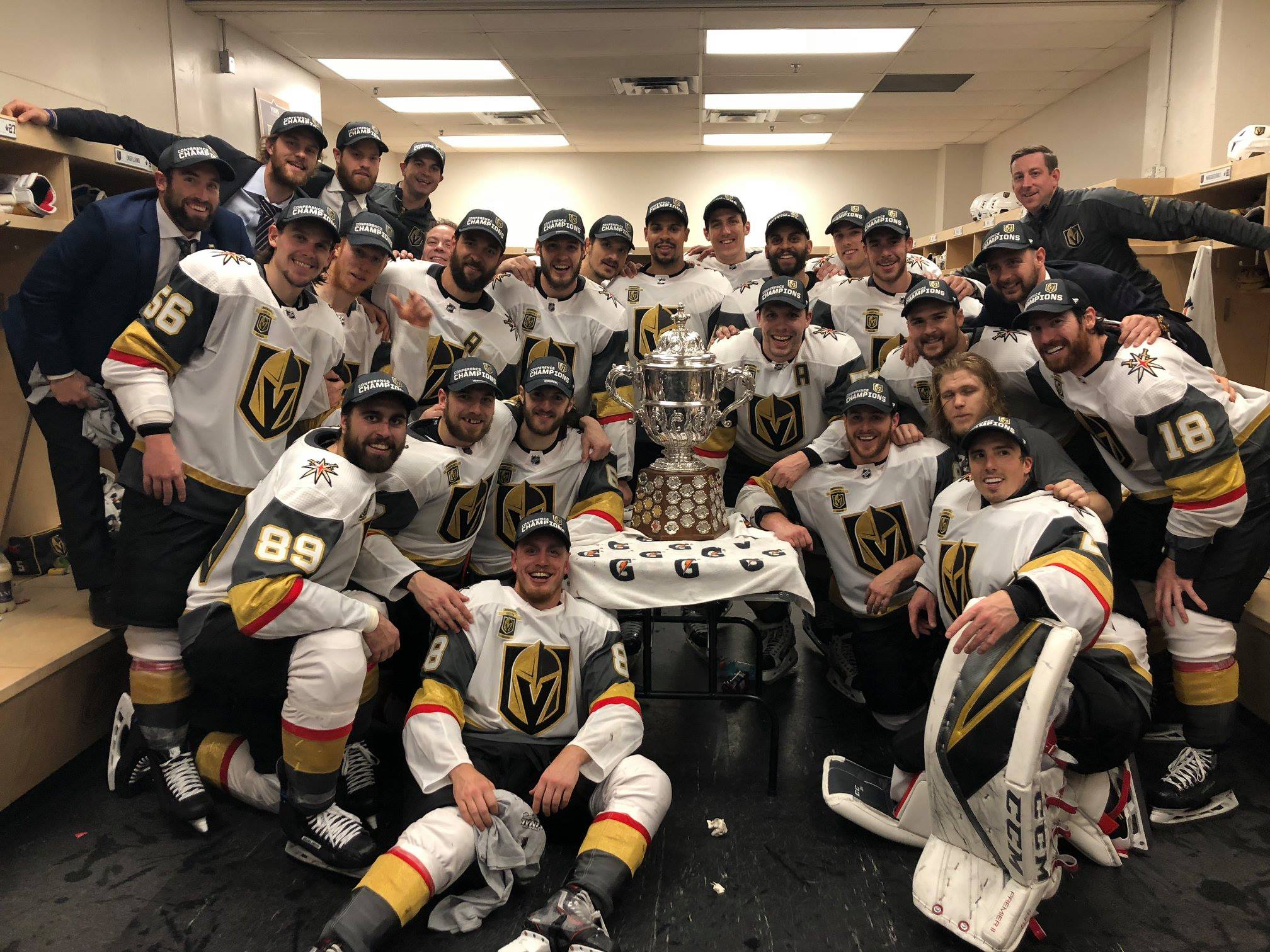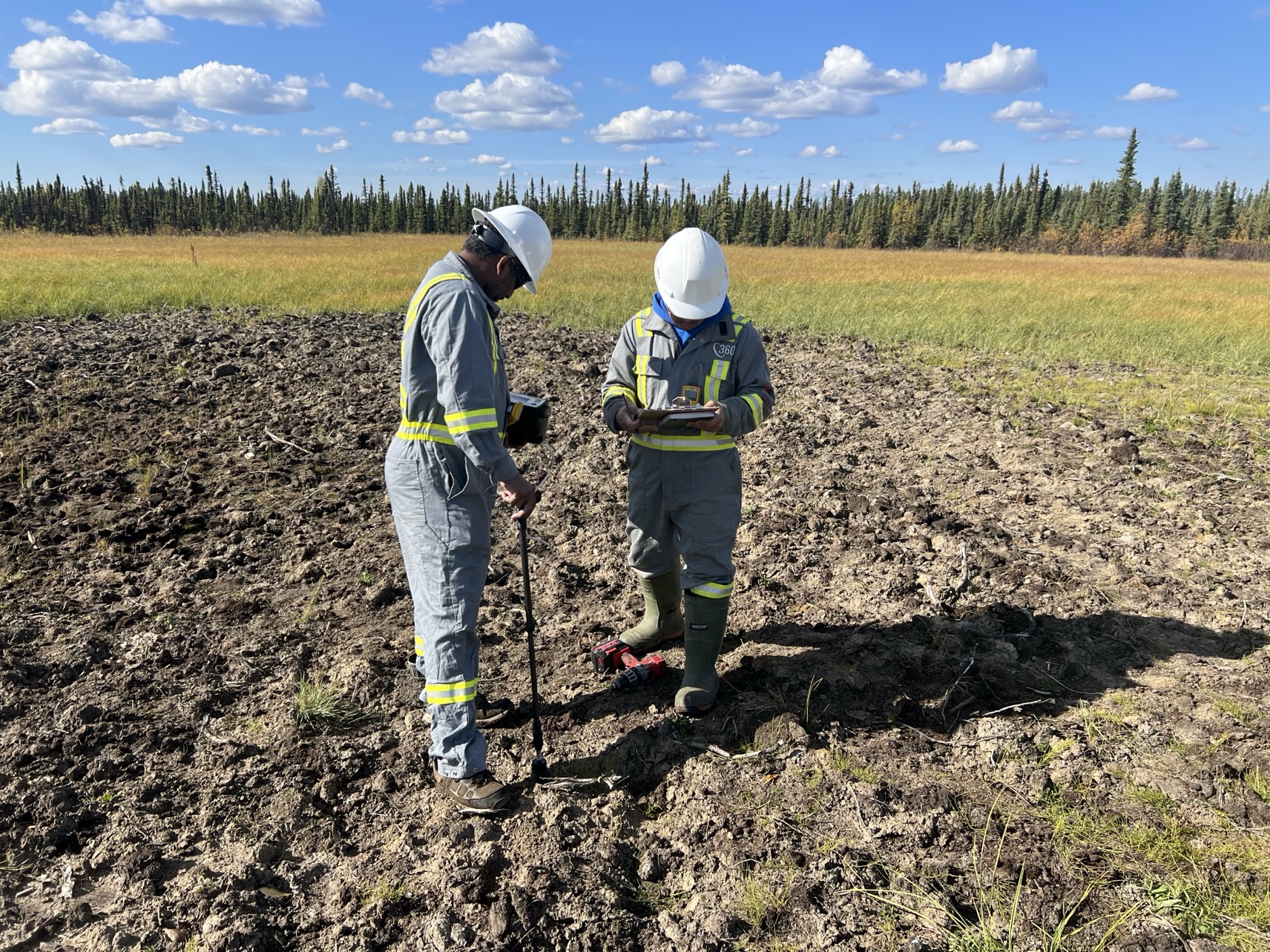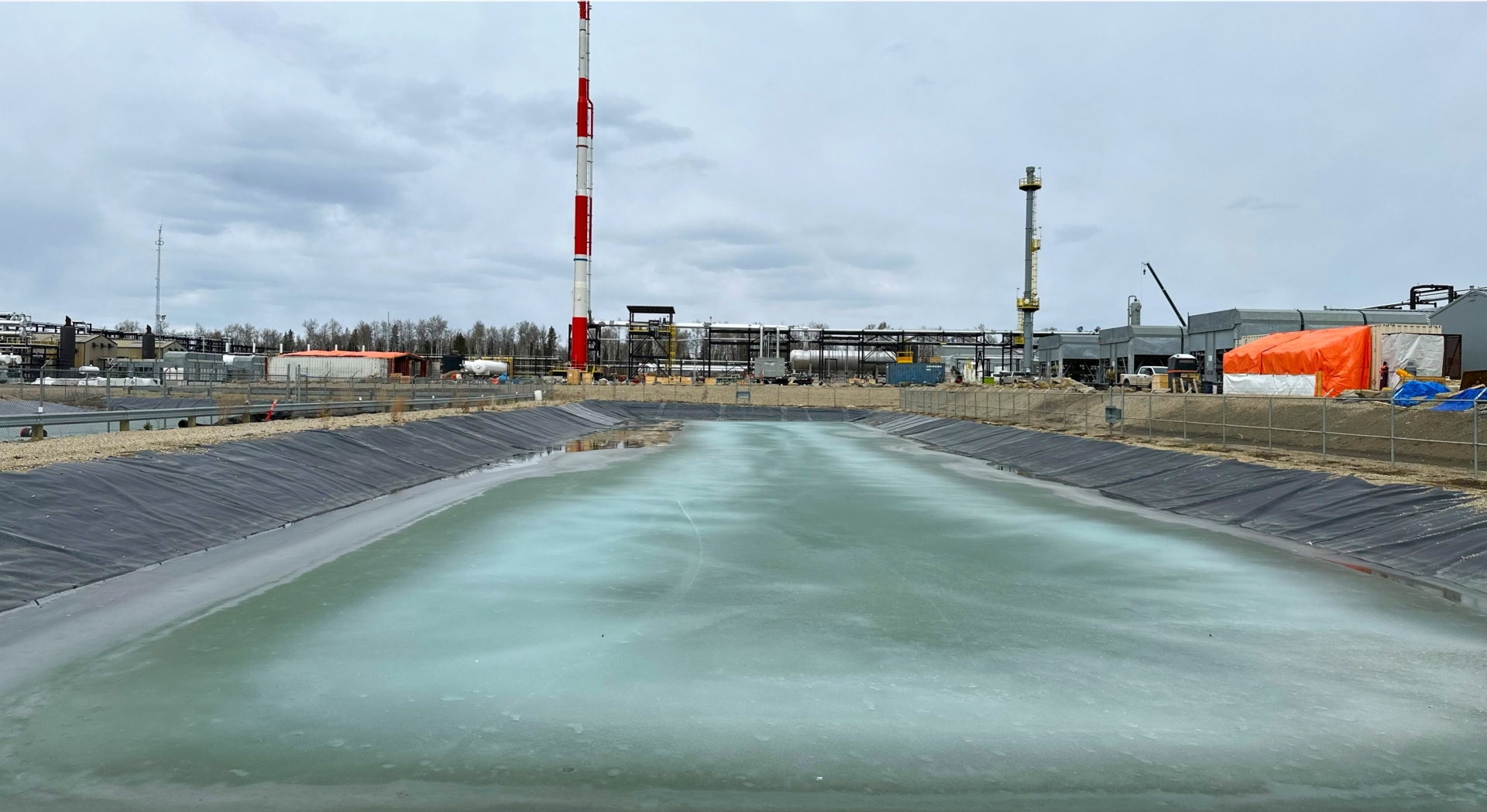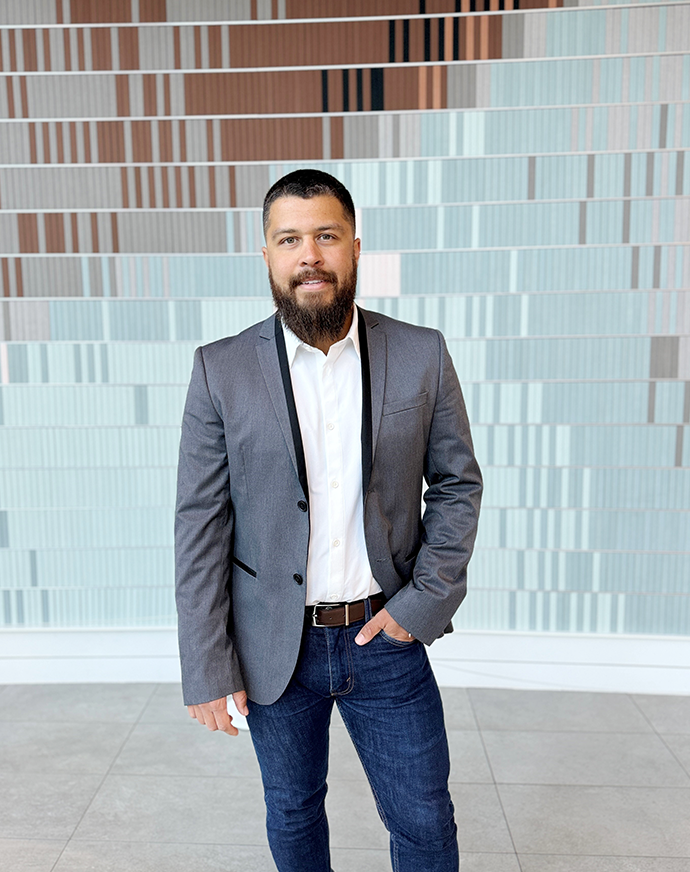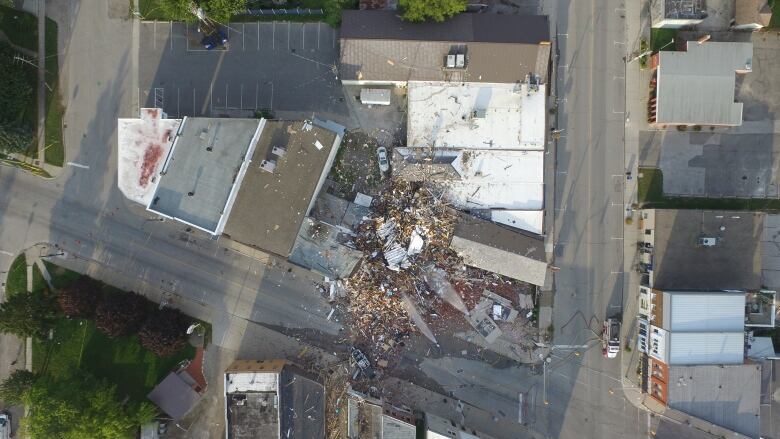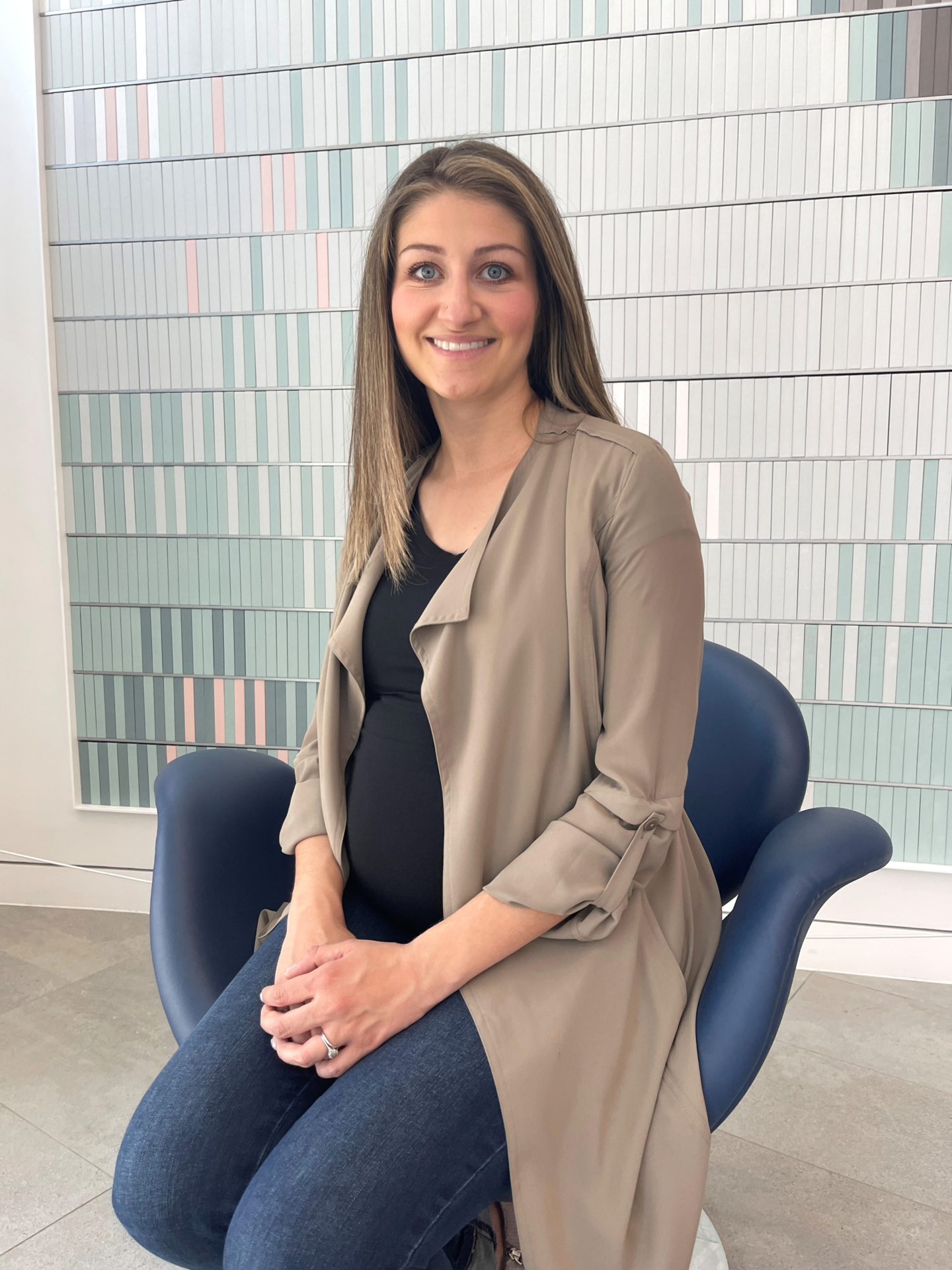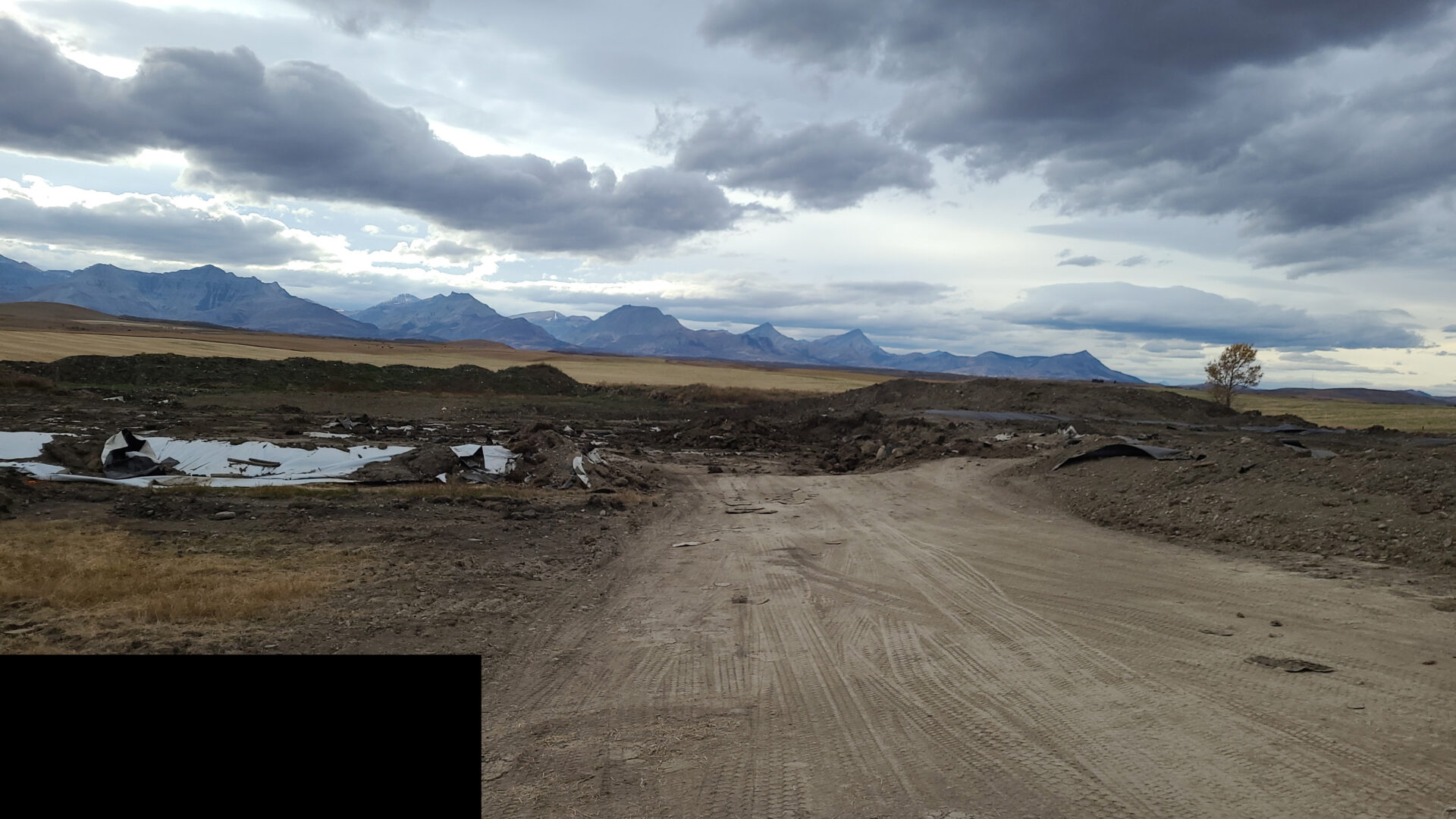Transferring oil and gas wells from the AER, OWA and Defunct Licensees
A common question that we get from friends on the periphery of the oil and gas industry in Alberta is why don’t people just “buy” the old wells from the Orphan Well Association (OWA) for nothing and produce them? It’s a fair question and one that on the surface makes sense; however, there are a number of things that need clarity in that question and a number of intricacies which make the process somewhat more difficult to navigate.
First of all, the clarity piece. While the OWA has the authority to retire wells, it does not in fact become the licensee of wells orphaned by defunct oil and gas companies. When looking to claim a well or wells which no longer have a viable licensee, individuals or companies need to deal with the Alberta Energy Regulator (AER) and navigate through the Regulator Directed Transfer (RDT) process.
When starting an application to acquire orphaned wells, the new applicant applies to the AER, but then also must notify the OWA that they have applied to transfer that well to avoid or halt the closure process.
Before initiating the RDT, the applicant must meet several key requirements to successfully complete the transfer:
- Obtaining mineral tenure to orphan well zone of interest
- Obtaining surface lease to access orphan well of interest
- Being a qualified licensee to hold well licenses with AER
- Being in compliance with AER requirements
- Meeting AER well license transfer requirements
It is important to note that each of the points above require multiple stages which most in industry would be familiar with, but suffice to say, are somewhat intricate in their own right.
Once an applicant has met these requirements, they can submit their application for the specific well(s) and associated pipelines required to operate those wells. The AER then reviews, decides and (if approved) transfers the licenses to the applicant/licensee. The fee associated with the transfer is listed at $10,000 per well but the AER retains the discretion to apply this fee or not.
Now in all of this and with the growing list of wells in the OWA inventory, there would seem to be a huge opportunity for those who see value where others may not or where traditional A&D avenues may not be viable for acquiring companies or individuals. With that said, from our viewpoint and in our experience so far, the number of interested parties does not appear to match the growing number of sites which are “available” for transfer.
With the shifting landscape that is oil and gas liabilities, we don’t believe that we have yet realized the opportunities which exist in this often-overlooked stage in our industry. Undoubtably, the Redwater decision and subsequent regulatory changes will impact this to some extent, but by how far we can’t say we’d like to guess yet. Until then, we will stay abreast of the RDT and other processes in an effort to assist, advise and strategize with our clients.
Making Growth Simple,
Ryan
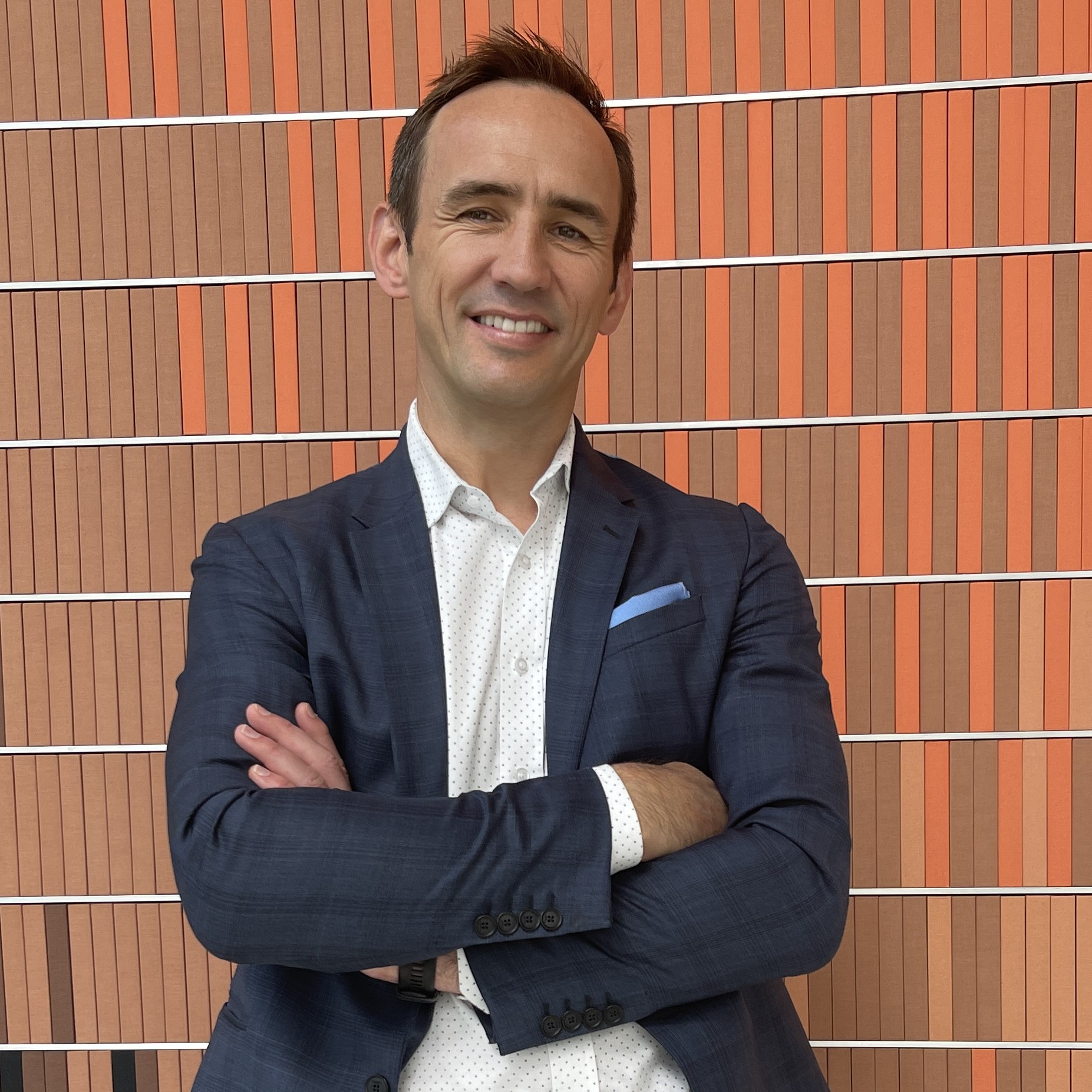
About the Author
Ryan Smith, CEO
Ryan is a graduate of the University of Guelph where he completed a Bachelor of Arts, majoring in Economics. With a diverse service background, he has leveraged this into ownership positions in multiple oilfield service businesses. His vision and energy drives growth for 360 while infusing an entrepreneurial spirit into the corporate culture. Ryan pushes industry engagements and business interactions to propel 360 to the forefront of the liability management sector. The transition to team leader and entrepreneur came easily for Ryan having completed a first career as a professional rugby player. A former captain of the Canadian team, he played 51 games, 3 Rugby World Cups and played professionally in France and New Zealand.

